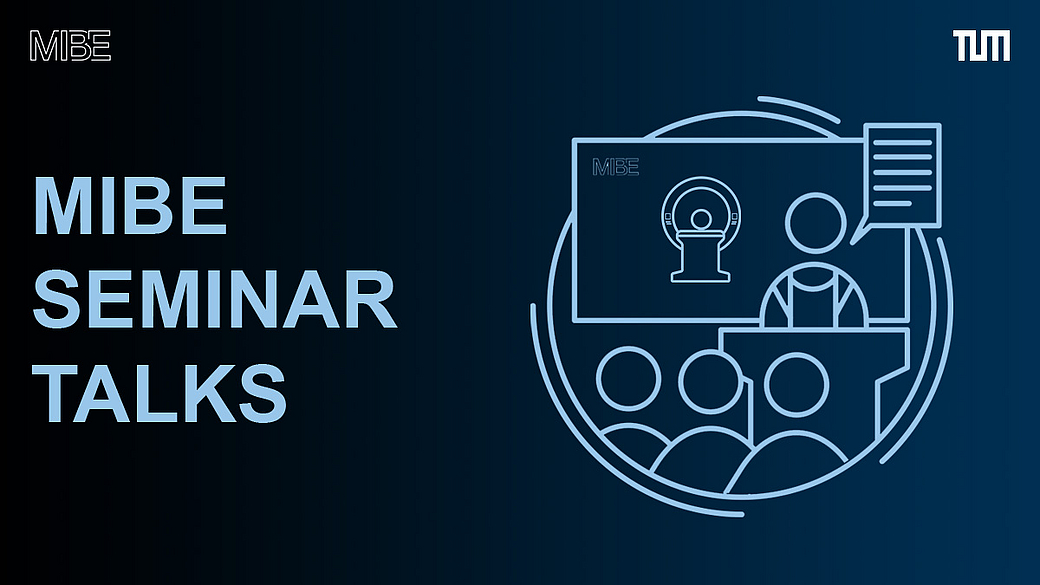Titel: Biophysically Accurate and Surrogate Models of Spinal Cord Electrical Stimulation
Sprecherin: Katja Frey (Cheng Group)
Datum und Uhrzeit: Dienstag, 15. Juli 2025, 13:00 Uhr
Abstract: Epidural electrical stimulation (EES) of the lumbosacral spinal cord has been shown to effectively restore functional motor control in individuals with spinal cord injury. However, optimizing stimulation protocols remains computationally intensive when using traditional hybrid models that combine finite element modeling with biophysically accurate models. In this thesis, we investigated machine learning-based surrogate models to approximate these complex models by predicting muscle recruitment from stimulation parameters. The surrogate models demonstrated high accuracy across various stimulation configurations while reducing computational cost, highlighting their potential to enable personalized and computationally feasible optimization of EES protocols.
WEITERE INFORMATIONEN
Das MIBE Seminar findet in Präsenz im Hörsaal E.126 (Boltzmannstraße 11, 85748 Garching) statt und wird zusätzlich live per zoom übertragen.
Zoom Daten für alle online Seminarvorträge in diesem Semester:
Meeting Name: MIBE Seminar Talks, Tuesdays 1:00 pm
https://tum-conf.zoom.us/j/69851298624?pwd=TURFMGQ5N3pDZ0ZGVkVHejFTMFJhUT09
Meeting-ID: 698 5129 8624
Password: mibe
Das MIBE Seminar kann für Promovierende als fachliche Qualifizierung angerechnet werden.
Registrierung hier.
WEITERE TERMINE IM SOMMERSEMESTER 2025
Weitere Vorträge des MIBE Seminars im Sommersemester 2025 werden hier kurzfristig aktualisiert.
